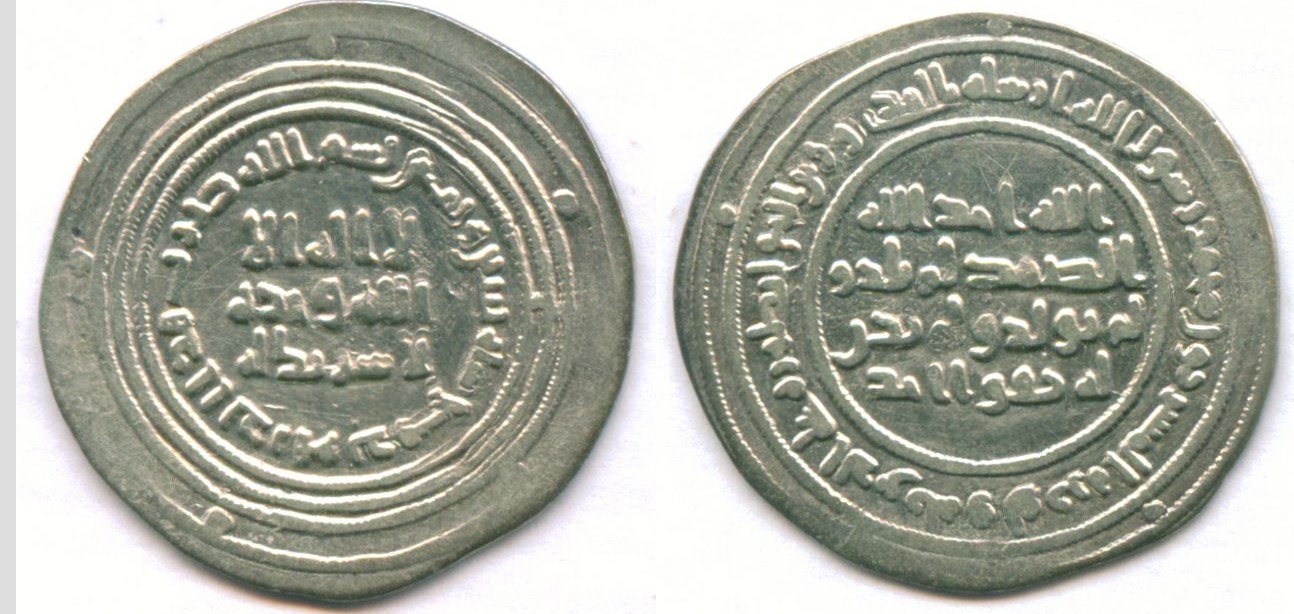 As a first year historian at Oxford, I studied a wide variety of papers, from the Norman Conquest to the French Revolution, but never found my niche. It was not until I studied my Further Subject, The Near East in the Age of Justinian and Muhammad, a source based paper, in my second year that I found what I truly loved. This paper provides the only opportunity for historians to study in real depth the transformation of the Near East at the end of the classical period. I found the focus on the rise of Islam incredibly interesting and the opportunity to read the Koran along with other Islamic texts enabled me to trace the development of the Muslim world from the first words of the Prophet Muhammad to the conquest of the Near East, which saw the ancient Persian empire destroyed. It was in studying this topic that I first came across Islamic coins.
As a first year historian at Oxford, I studied a wide variety of papers, from the Norman Conquest to the French Revolution, but never found my niche. It was not until I studied my Further Subject, The Near East in the Age of Justinian and Muhammad, a source based paper, in my second year that I found what I truly loved. This paper provides the only opportunity for historians to study in real depth the transformation of the Near East at the end of the classical period. I found the focus on the rise of Islam incredibly interesting and the opportunity to read the Koran along with other Islamic texts enabled me to trace the development of the Muslim world from the first words of the Prophet Muhammad to the conquest of the Near East, which saw the ancient Persian empire destroyed. It was in studying this topic that I first came across Islamic coins.
My thesis will question why Islamic silver coinage, called dirhams, during the first two centuries of Islam (7th-9th centuries A.D.) sometimes bore the names and titles of its issuers, but at other times rejected these inscriptions in favour of anonymity. The adoption of an anonymous coinage by the seventh-century Marwanid caliph ‘Abd al-Malik was striking because it completely abandoned Hellenistic and Late Antique traditions of putting the name or image of the ruler on the coinage. This was used by earlier rulers as a method to assert legitimacy and authority. But ‘Abd al-Malik’s coinage was different because it was struck not in the name of the caliph but in the name of God, bism allāh duriba hādhā, showing that the empire was ruled by God and not mortal men. This message of a universal empire of faith proclaimed on these coins can be traced throughout an Islamic history and still resonates strongly today.
The adoption of an anonymous coinage under ‘Abd al-Malik had been thoroughly explored in the existing historiography. However, the later restoration names on the coinage under the Abbāsid caliph al-Mahdi, the reversion to anonymity under al-Ma’mun and the reappearance of names in the reigns of his successors has not been addressed by current writing on the subject. My thesis seeks to analyse not only the appearance and disappearance of names under these individual caliphs, but to provide a coherent explanation for these fluctuations.
The undergraduate thesis, therefore, really does provide the opportunity to undertake a major piece of historical research in a topic that you are truly interested in. This means we have a wide variety of exciting theses being researched at Brasenose, from Anglo-Saxon burials to 20th century American Presidential elections, and it is great to hear the interesting conclusions my fellow students have come to from their research. The thesis tends to be something everyone ends up being really passionate about, often being described as our ‘babies’!
Choosing coins has allowed me to spend a lot of time at the Ashmolean Museum and the Khalili Research Centre, a building dedicated to the research of the art and material culture of the Middle East, actually handling the coins I would be writing about. In order to successfully research for this thesis, I had to learn to read Kufic Arabic, which is the script written on the coins. This, at the start, was more daunting than the prospect of writing a 12,000 word thesis, but thankfully there is a book written specifically for those wanting to learn how to read Arabic coins – this has been my holy grail! While this has been challenging, the tutors at Brasenose and my supervisor, Dr Luke Treadwell, the leading Islamic numismatist here at Oxford, have and continue to be incredibly supportive. I look forward to writing my thesis next term, and I’m hoping I will find the answers to all the questions I have!
By Georgia Purnell - Third Year Historian
Read more about History at Brasenose.
